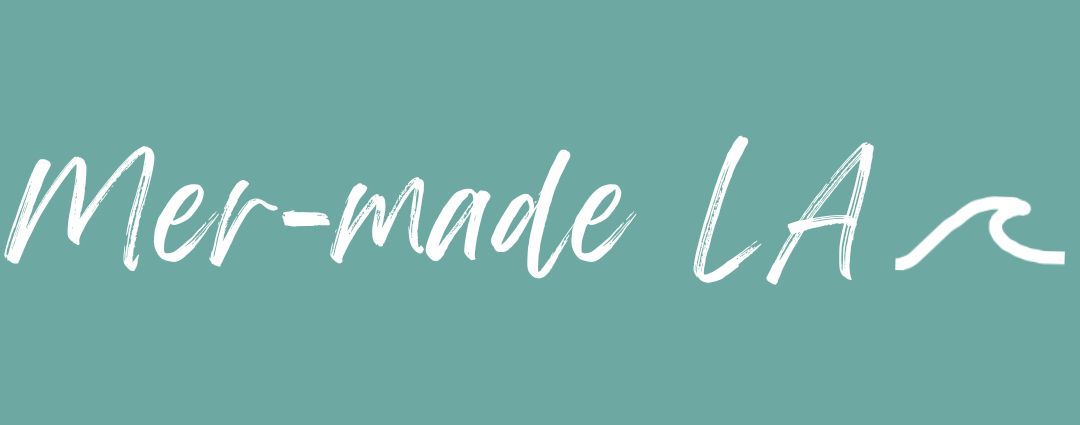Switching to a menstrual cup is probably the best Sustainable Swap I’ve made to date. In addition to being eco-friendly, it makes my period easier. Reusable menstrual cups and discs offer a more sustainable, more hygienic, more affordable, more convenient, and more comfortable alternative to the costly chemicals and single-use plastics of traditional menstrual products. Simply put: my menstrual cup is a win-win for me and the planet. What’s more sustainable than that? Let’s dive in.
Reasons You’ll Love Menstrual Cups (Besides Sustainability!)
Wearing a menstrual cup is almost like not even having a period. They don’t need to be changed as frequently as pads or tampons. Menstrual cups collect your flow and hold it away from your body, so there’s no risk of Toxic Shock Syndrome*, and you won’t get dried out. You can even wear it overnight without worry.
Wearing a menstrual cup is almost like not even having a period.
Between changing the cup once in the morning and at night, you can swim, do yoga, or take a long plane ride without the need to change it or check for leaks. The cup won’t absorb liquid from a pool, ocean, or lake like tampon strings do (gross). They’re comfortable and you can’t even feel them, unlike pads or tampons! So you can live your life without worrying about your period. Menstrual cups are simply awesome; I’ll never go back to tampons!
*Follow all product safety guidelines listed on the packaging!
My Favorite Menstrual Cup Brands
Unsurprisingly, one size/type/brand may not fit all, and you may need to try a cup or two to find your favorite one. I recommend starting with Saalt. They come in various combinations of size, softness, and lots of colors! Saalt has a quiz to help you pick the best one for you. Their cup wash is good for cleaning your cup between uses, but make sure to boil your cup between cycles.
Organicup also has good options. Their cup wipes are handy for on-the-go; just wash your hands well, too.
you deserve a chemical-free period
Chemicals in Your Tampons
The nonprofit Women’s Voices for the Earth (WVE) funded research analyzing chemicals in tampons. Test results included known reproductive toxins like toluene, xylene, and methylene chloride. WVE cites previous studies that have found “pesticide residue, parabens, and phthalates linked to hormone disruption, antibacterial chemicals like triclosan, and various carcinogens including styrene and chloroform.” Yuck!
It’s Not on the Label
But there is little FDA regulation of tampons, and they don’t require a full ingredients label. More transparency is needed as to what the tampons are made of, what chemicals they contain, and the risks they pose. Menstrual cups are made from medical grade silicone, a known, safe compound, so you can bypass the ingredients and label concerns of tampons by switching to a cup!
Prefer Tampons and Pads? Try These Brands.
Still prefer pads and tampons? Look for a brand that is transparent about their ingredients, uses 100% cotton in the tampon, and biodegradable materials, such as Oi Organic Initiative. Other options would be Rael or Cora.
Quick tip: keep some sustainable pads, tampons, and liners on hand as backup options.
YOUR PERIOD has a FOOTPRINT
How do period products affect the environment? A Global Citizen article states that a menstruating person uses “between 5,000 and 15,000 pads and tampons and is expected to throw away roughly 400 pounds of period product packaging.” That’s a lot of trash. The article continues that, “in the US, around 12 billion pads and 7 billion tampons are thrown out every year….Tampons, pads, and panty liners, their packaging, and wrapping generate more than 200,000 metric tons of waste annually.” This material doesn’t decompose quickly– it takes 500 to 800 years for plastic and non-compostable materials. These numbers are staggering, and hard to fathom.
In the US, period products and their packaging generate 200,000 metric tons of waste annually. Plastic and non-compostable materials can take 500-800 years to decompose.
Alternatively, one Saalt menstrual cup can be used for up to 10 years.
If their comfort, convenience, safety, hygiene, and sustainability haven’t convinced you to try menstrual cups yet, JUST DO IT. If you’re nervous, that’s ok. You were probably nervous about using a tampon for the first time, too. If you prefer pads to tampons, try period underwear, which is washable. My next adventure will be trying a menstrual disc from Saalt.
Good luck in whatever you choose; it may take some time to go with the new “flow.” 😉 For more easy, eco-friendly tips, check out my Sustainable Swaps series.
Happy swapping!
Disclosure: Please note that some of the links on this page are affiliate links, and at no additional cost to you, I earn a commission if you make a purchase. As an Amazon Associate, I earn from qualifying purchases. I would never recommend anything I don’t personally use, and the income helps me run my site!







